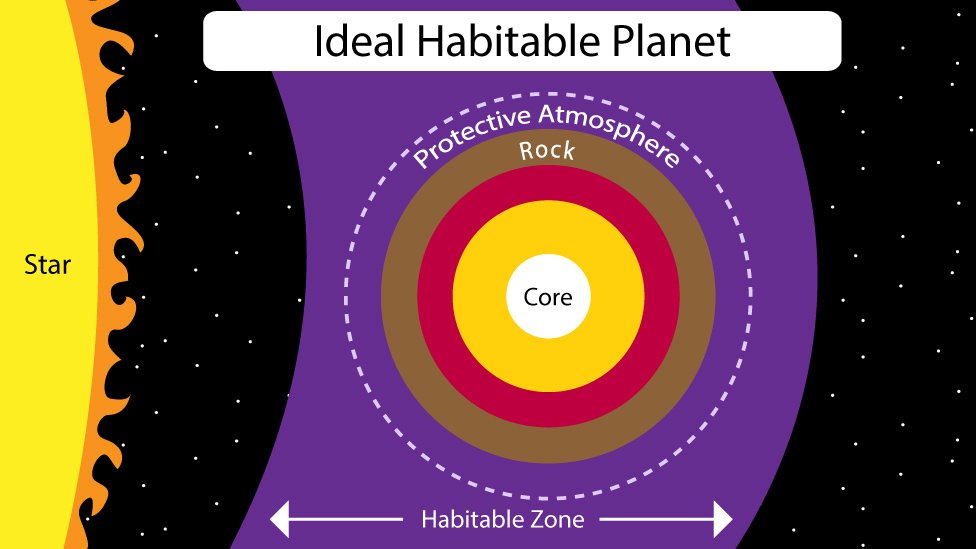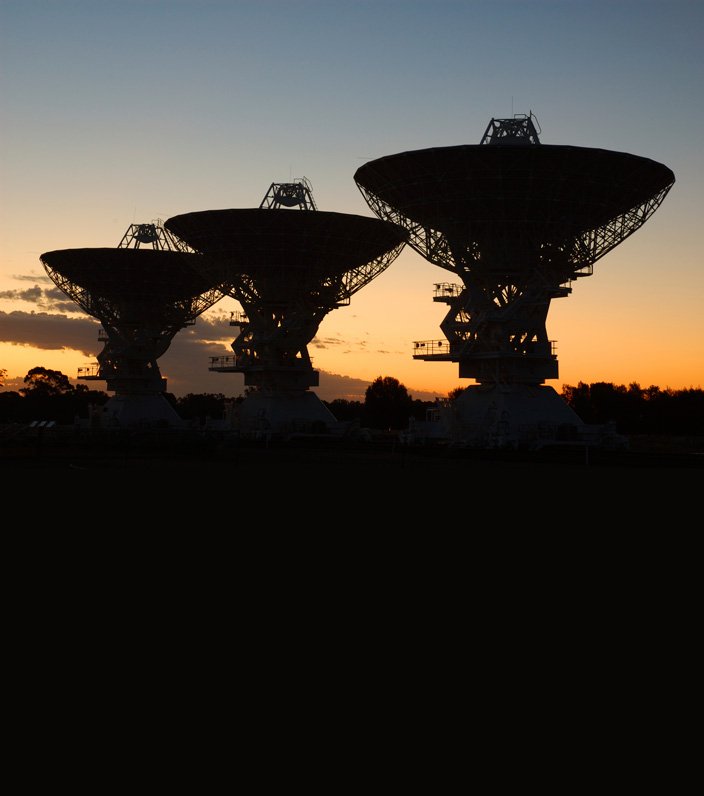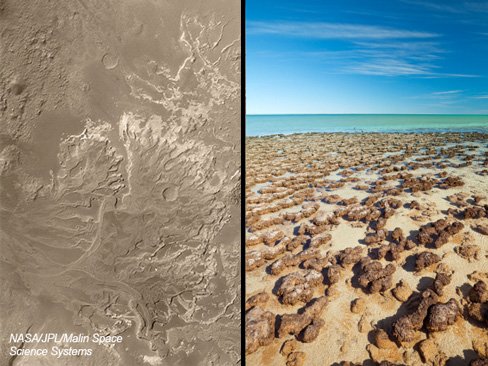What makes a planet habitable?

NASA's Kepler Mission is looking for habitable planets in our neighborhood of the Milky Way. Using theironline tool, you can help NASA in their search for new planets.
Even if we assume any habitable planet must be Earth-like (and it may not be), chances are we're not alone. Astrobiologists estimate that the Milky Way has 500 habitable planets, which fit the following criteria:
- They're a comfortable distance away from a star similar to our sun. That is, they're far enough away to be out of the heavy heat and radiation zone, but not so far that they're extremely cold. This just-right distance is called the "habitable zone."
- They're made of rock. Jupiter, Saturn, and Uranus in our solar system are made of gases, so we don't expect life to be able to survive there.
- They're big enough to have a molten core. Earth's core gives us a source of geothermal energy, it allows cycling of raw materials, and it sets up a magnetic field around the planet that protects us from radiation. Mars probably had a hot liquid core at one time, but because it's a smaller planet its heat dissipated more quickly.
- They are good candidates for having a protective atmosphere. The atmosphere holds carbon dioxide and other gases that keep the planet warm and protect its surface from radiation.

